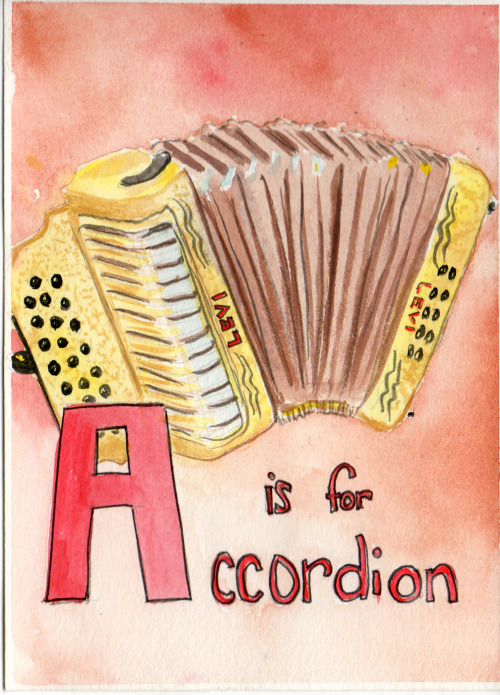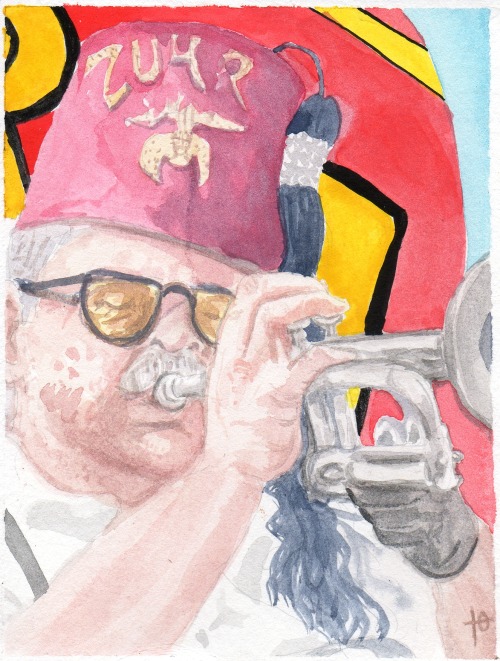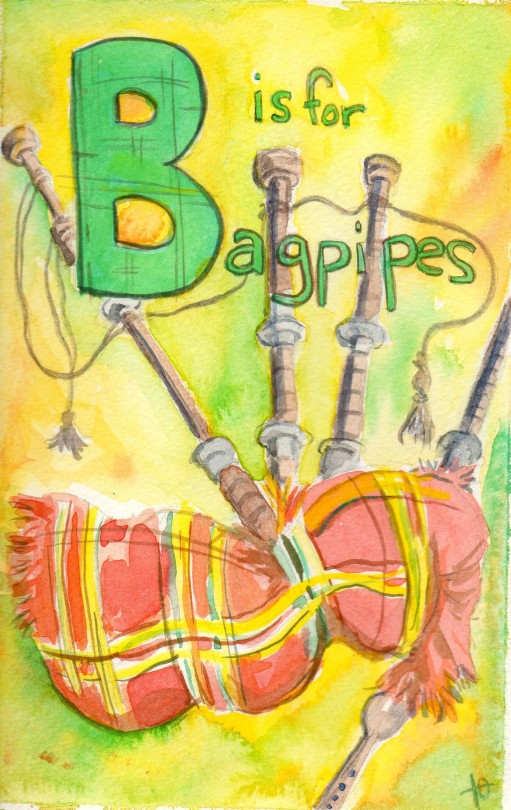Musical Instruments - Tumblr Posts
A lovely Harpy Hare Lyre Harp Cover by Samantha on Mars
As a Horn player (the French Horn, the only "horn" on this list) it drives me up a wall when people call any instrument a horn. Call me pedantic, but all of your instruments have names. Please don't appropriate mine. I mean, yeah, we're the best, so I understand the need to be included... 😜
FOR THOSE OF YOU WHO DO NOT KNOW
THIS IS A TRUMPET
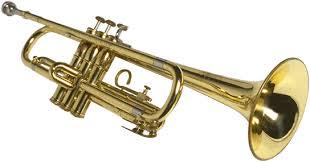
THIS IS A TROMBONE
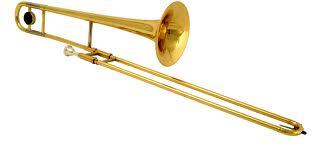
THIS IS A TUBA
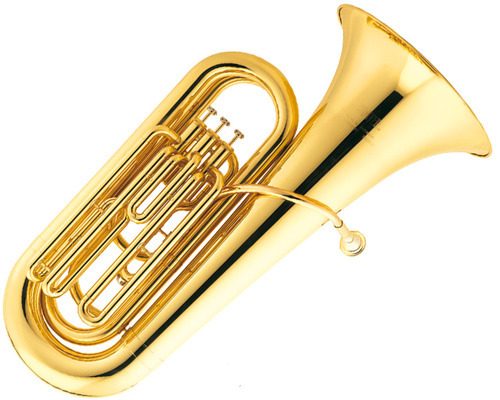
AND THIS IS A FRENCH HORN

THANK YOU FOR YOUR TIME

I saw this picture on some random Google search about French Horns. They were saying that they used this to explain playing the Horn to a pianist. So true! When you can play almost a whole scale using only one fingering, you know your instrument has issues.
a kinetic sculpture by Tim Lewis
I know it’s not pottery but it is sculptural and holy shit
it’s beautiful and disturbing and I feel like I could stumble across this creature in a forest and never be seen again???
“We talking bout practice!”
-Allen Iverson
Just a little neosoul typebeat as I practice on my Akai_Pro mpc.

Me n my babies rockin the chucks ☺️💯🥹👟
Ok so I released a lot I the last year. A part of what I have released was a genre I created termed “Lofly”.
Lofly- A sub genre of lo-fi with the weightless feeling of the flight if a butterfly.
Sometimes I accomplish this by the vibe if the melody itself. Other times I use stutter fx, layered synths and arpeggiated chord progressions. At times I will choose a lighter style of instrumentation using flutes, synth pads, acoustic drum 🥁 kits and strings with reverb, filters, and delays.
As I was listening to my track Lofly/Cooldown I realized that the one thing that also ties these tracks together is that almost all of them were done as live sets. Check out this new Lofly collection if you have any questions moment to chill n listen. 🙏🏾
-Teach_or_Trav
P.S. 2-Guy doesn't have lofly in the title because of a distro change but this was a part of the original set.
P.S.S. Shit this may be an ep or a mixtape on its own?!? 😂🔥🤯

i was just scrolling through my notes app and found this gem and thought i would share it with whoever reads this :)
(i wrote this a couple years ago right before i went to audition for my high school’s musical lol)
i walk into the black box to look for a blue velcro lunch box, and i see a girl with light blue faded to to light pink hair sitting on one of the little bleacher things farthest from me. she looks up at me as i examine the room. i see another kid plucking the strings of a bass and another gone completely feral spinning around in a spinny chair and just going insane. his head appears to be tilted back along with his body, and he seems to be laying back in the chair. i spare a glance at the girl and she just looks at me, her eyes just slightly begging for help. i simply turn and casually (i hope) walk away, without looking back.
Chinese musical instruments pt. 1


I was inspired by my research into the different types of Chinese opera, so I decided to write about the chinese musical instruments.
Usually, traditional chinese instruments are grouped into 8 categories, 八音 (bā yīn): metal, bamboo, wood, stone, silk, clay, gourd and skin so I'll try to group them accordingly.
Metal 金 (Jīn)
Bo 钹 (bó) This is a percussion type of cymbal, with the size varying on the subtype. This instrument is also used in some chinese operas, which makes it all the more interesting to hear.
Bianzhong 编钟 (biānzhōng) This is a set of bronze chime bells, arranged in a specific order with each bell having it's own two special pitches which are usually determined by the bell size. The structure is especially interesting, as all the bells are hung from a frame (typically wooden) from which they're played. Other countries also have similar instruments, such as Japan, Vietnam and Korea although their names vary and they may have their own specific features.
Luo 锣 (luó) Luo is actually a general name for a gong, which varies in size and pitch depending on its type. Depending on the size, luo can either be hung on a frame or if it's small enough it can be played in hand.



Yunluo 云锣 (yúnluó) Like the luo, these are also gongs, named cloud gongs. There are 10 small gongs in a frame with the same size but different thickness so that each gongs pitch would vary. There is a more modern version, which has over 20 gongs and is much larger in size.
Suona 唢呐 (suǒnà) The Suona is a double-reeded trumpet, with reed meaning a thin strip of material. As Suona is classified as a metal instrument, it's made from metal with the reed attached to it. It's actual origin is quite interesting, as some sources place the Suona all the way to the Jin dynasty (266-420), whereas some consider Suona's origin to be from outside of China.


Bamboo 竹 (Zhú)
Dizi 笛子(dízi) The Dizi is a Chinese flute, which has quite a lot of varieties, such as 梆笛 (Bāngdí). This flute is especially interesting as it's used in Chinese opera, Chinese folk music and also in Chinese orchestra. Depending on the region, different bamboo is used to create this instrument - Purple bamboo in the north and white in the southern regions, although other material can also be used, even jade.
Xiao 箫 (xiāo) This is a vertical flute, orginating from the Qiang people in ancient China. The material is usually bamboo, with black and purple bamboo considered to be the best type. There are also quite a few variations, such as the 北箫 (Běixiāo), 琴箫 (Qínxiāo) and 南箫 (Nánxiāo).


Paixiao 排箫 (páixiāo) The Paixiao is a type of a panflute, which has a noticeable difference from the western type, as the pipe holes are created via an angled cut or a notch.
Bili 筚篥 (bìlì) / 管 (guǎn) This is a double-reed pipe, which has a few names. Guan appears to be a general name for woodwind instruments, so if looking for this specific instrument, it should be searched using Bili. This instrument can be traced back to the Zhou dynasty, where it was used as a military instrument. Later it became a popular court and ritual instrument, but eventually lost it's court popularity. Instead, it's quite popular in folk music and in Peking Opera, especially for military scenes.
Xindi 新笛 (xīndí) The Xindi is a more modern type of Dizi (the name literally means a new flute), which first appeared in the 20th century. The xindi differentiates itself from the original dizi by it's additional 5 holes, allowing for lower tones which makes it quite important for the Chinese orchestra.



Wood 木 (Mù)
Muyu 木鱼 (mùyú) This is a wooden fish-shaped woodblock which is hit to create a beat during rituals, most commonly during Buddhist ceremonies, Muyu's name literally means a wooden fish, as it's origin stories are associated with fish, with one story claiming that a fish helped a monk but in turn asked him for a favour, which the monk promised to do but forgot. The fish became angry and splashed him into the water. The monk survived, but his notes were all ruined, which is why he made a wooden statue of the fish and beat it.
Yu 敔 (yǔ) On the topic of animals, this is a tiger-shaped hollow box with toothed edges on its back. Why a tiger? It may be because the tiger had a powerful association with strength and power, although I have yet to find a source confirming my theory.


Zhu 柷 (zhù) This is a wooden box that has an open middle, which is played by using a wooden stick to hit the inner bottom. This instrument is very rarely used nowadays, with the majority of Zhus being in museums and temples, but apparently they still remain in use in a few temples for ceremonies.
Paiban 拍板 (pāibǎn) The Paiban is clapper made of wooden or bamboo flat pieces. When it's played together with a drum, this combination is called a Guban 鼓板 (gǔbǎn), which is used quite often in various different music genres, such as Peking Opera, Yue Opera, Kunqu Opera and others.


for all of you who don't play an instrument, don't sing in choir, or don't perform in theatre, just know those stage lights are so freaking hot :(
i was in an orchestra concert and was on stage for ~45 minutes and I was dying by the end :(((

Trying a new musical instrument here :)
Crwth
Can't decide what's more interesting - the instrument itself, or the name

Lago Llanquihue - Frutillar - Los Lagos
Audio plz!
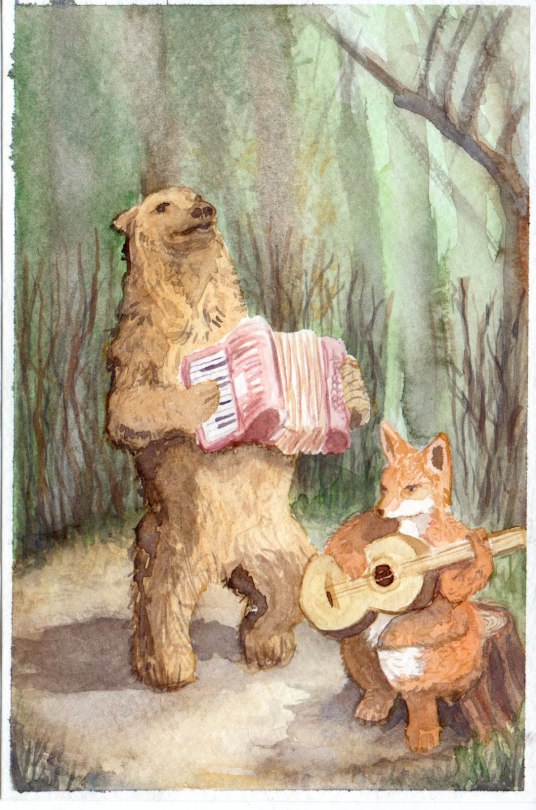
Jam in the woods.


